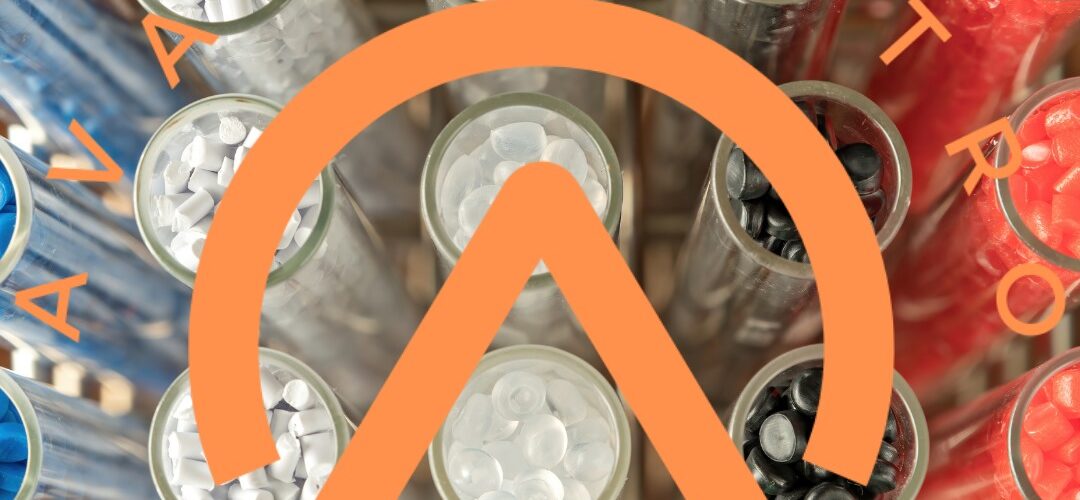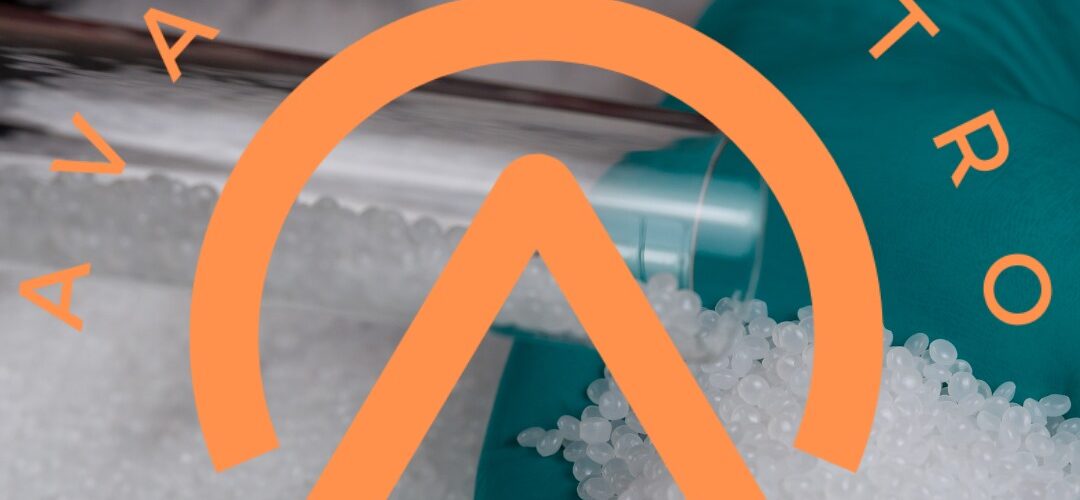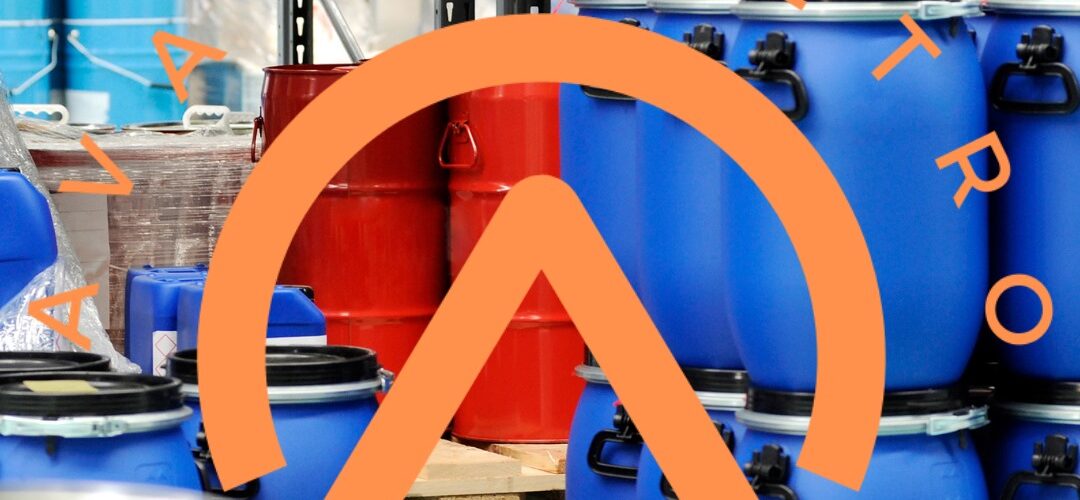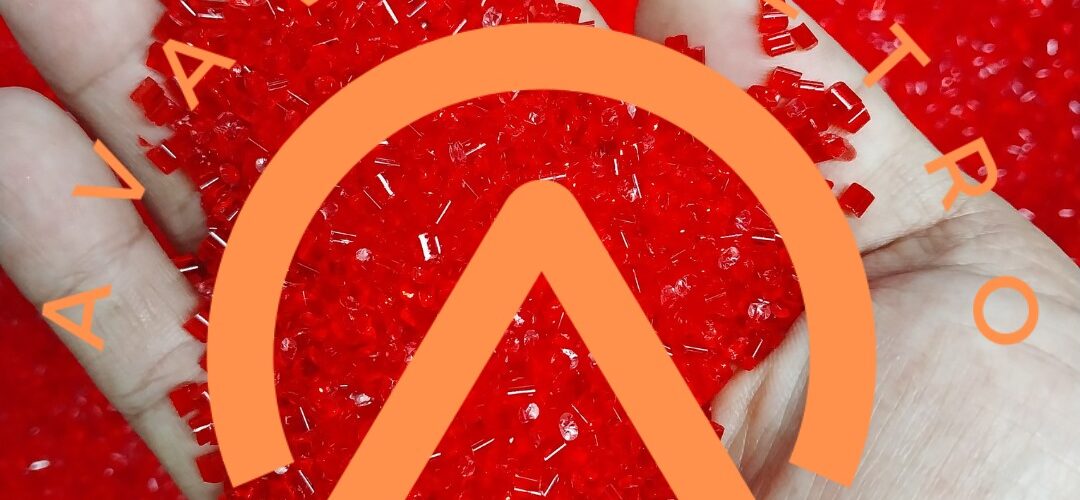Unveiling the Wonders of Polymer Insulation
In the realm of modern construction and energy efficiency, polymer insulation stands out as a revolutionary solution, redefining the way we approach insulation needs. This advanced material, crafted through cutting-edge technology, not only addresses traditional insulation challenges but also introduces a plethora of benefits that set it apart from conventional options.
Understanding Polymer Insulation
What sets Polymer Insulation Apart?
Polymer insulation, as the name suggests, is insulation material derived from polymers, which are large molecules composed of repeated subunits. Unlike traditional insulating materials such as fiberglass or foam, polymer insulation leverages the unique properties of polymers to provide a superior and highly efficient insulation solution.
Unparalleled Thermal Performance
One of the key attributes that propels polymer insulation to the forefront is its exceptional thermal performance. The molecular structure of polymers creates a barrier that significantly reduces heat transfer, ensuring that your living or working space remains comfortably regulated throughout the seasons.
Versatility in Applications
Polymer insulation isn’t limited to specific construction types. Its versatility allows it to be seamlessly integrated into various applications, from residential homes to commercia
- Building materials
l complexes. Whether you are constructing a new building or retrofitting an existing one, polymer insulation proves to be a versatile choice.
Benefits Galore: Why Choose Polymer Insulation?
Energy Efficiency Redefined
The superior thermal resistance of polymer insulation translates into impressive energy efficiency gains. By effectively minimizing heat loss or gain, this insulation type empowers property owners to optimize energy consumption, leading to substantial cost savings over time.
Eco-Friendly Footprint
In the era of environmental consciousness, polymer insulation shines as an eco-friendly option. Crafted from recyclable materials, it minimizes environmental impact, making it an ideal choice for those striving for sustainable construction practices.
Moisture Resistance
Unlike some traditional insulation materials susceptible to moisture absorption, polymer insulation exhibits remarkable resistance to water. This property not only enhances its durability but also contributes to preventing issues such as mold growth and structural damage.
Installation Excellence: The Polymer Advantage
Seamless Integration
Polymer insulation boasts a lightweight and flexible nature, allowing for easy installation. Its adaptability ensures a seamless fit into various spaces, eliminating gaps that might compromise the overall effectiveness of the insulation.
Longevity and Low Maintenance
Investing in polymer insulation equates to a long-term solution with minimal upkeep. The durability of this material means you can enjoy its benefits for years without worrying about regular maintenance, providing a hassle-free insulation experience.
Conclusion: Embracing the Future of Insulation
In conclusion, the adoption of polymer insulation marks a significant leap forward in the pursuit of energy-efficient and sustainable construction practices. Its unique combination of thermal efficiency, versatility, and eco-friendly attributes positions it as a frontrunner in the world of insulation solutions.
If you are looking to enhance your property’s energy efficiency, reduce environmental impact, and ensure long-term insulation effectiveness, consider making the switch to polymer insulation. Embrace the future of insulation and enjoy a space that not only maintains optimal temperatures but also contributes to a greener and more sustainable world.
Written by Emir Narin










